Does Tether manipulate the market?
As an important part of the encryption ecosystem, Tether's stable currency USDT market value is currently ranked fourth, and it accounts for more than 80% of the stable currency market.
However, the company has been controversial all the time: inflated stable currency, no asset support; manipulated the market, affected the price movement of cryptocurrency (BTC); money laundering and so on.
In particular, in May of this year, Tether was exposed to misappropriation of user funds, filling the $850 million loss of the crypto exchange Bitfinex, and was subsequently sued by the New York State Attorney General's Office (NYAG).
A few days ago, the New York judge rejected NYAG's request, and NYAG asked Bitfinex and Tether to collect all the documents related to the $850 million in lost funds and the $900 million line of credit. However, NYAG's ban on prohibiting Tether from continuing to provide any funds to Bitfinex was approved.
- Cross-border big frame: C-position of "emerging" station, "classical" sides
- A number of mining machines approached the shutdown line, and only half a year later, the mining machine has to sell it?
- I understand the current status of blockchain games: To what extent is it going to happen, will there be hope in the future?
A wave of unrest, a wave of up again. Tether, which has not settled NYAG, is in another class action lawsuit.
 Bitcoin falling is the USDT pot?
Bitcoin falling is the USDT pot?
According to Coindesk, five investors recently filed a class action lawsuit in the US District Court for the Southern District of New York, including multiple companies and executives including Bitfinex, Tether and its affiliated business (Crypto Capital).
It is worth mentioning that the plaintiff's attorneys are Vel Freedman and Kyle Roche, who have considerable experience in class actions and have previously successfully sued Craig Wright.
This time, the plaintiff’s reasons for prosecution include: manipulation of the market, bank fraud, money laundering activities, etc. The plaintiff believed that the defendant’s illegal acts caused a lot of economic losses to himself (the specific amount was not mentioned), and the claim may exceed $1.4 trillion. This is by far the largest amount of claims in US civil prosecution.
1.4 trillion US dollars, what is this concept? According to the US Department of Commerce, the total US GDP was only $20.5 trillion in 2018, and the market value of Apple (NASDAQ: AAPL) was only $1.07 trillion.
So, how is the figure of 1.4 trillion dollars calculated?
The plaintiff stated in the indictment that the defendant’s multiple violations violated various laws and regulations such as the Commodity Exchange Act and the Federal RICO Act.
The indictment mentions that between 2017 and 2018, Tether issued $2.8 billion in USDTs. These USDTs flooded the Bitfinex exchange and were used to purchase other cryptocurrencies, which artificially exaggerated the demand for cryptocurrencies, causing prices to soar. . When the cryptocurrency market reached fanaticism, Tether's massive issuance of the USDT created the biggest bubble in human history; when the bubble burst, more than $450 billion worth of value disappeared in less than a month. This incident also continues to affect the cryptocurrency market, causing prices to be below the level of unmanned maneuvers.
In other words, the plaintiff believes that the defendant's behavior caused the entire encryption market to lose $450 billion.
After querying the relevant literature, Odaily Planet Daily found that if the market entity really violates the Commodity Exchange Law, the CFTC (US Commodity Futures Trading Commission) and other regulatory agencies may use administrative penalties to force the offender to pay fines or return illegal income. The fine shall not exceed the greater of the following: (1) $140,000; (2) three times the amount of profit of the responsible person for each fraudulent transaction.
The $1.4 trillion claimed this time is about three times the amount of more than $450 billion, which is also the source of huge claims.
 iFenx has a profit of 400 million US dollars and has to pay 1.4 trillion yuan?
iFenx has a profit of 400 million US dollars and has to pay 1.4 trillion yuan?
According to a report released by Bitfinex & Tether parent company iFinex, the annual net profit of the parent company in 2018 was only $418.2 million. However, the allegations claimed 1.4 trillion yuan. It seems that Tether can't afford it, and they also said that they are "a little embarrassed."
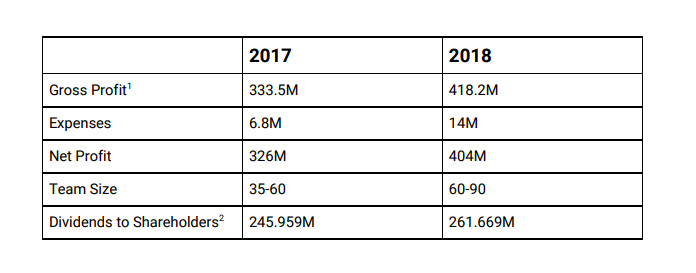
(iFinex Profit Report)
On the one hand, suppose the market really lost $450 billion, but are these losses all in the Tether pocket?
On the other hand, the evidence provided by the plaintiffs at present is a research report of some scholars or institutions (discussed later), and these scholars have also made statements that their reports do not fully explain the market situation and may have errors. In other words, the authority of the report is not high and it is difficult to be a strong evidence.
Bitfinex & Tether responded that the arguments and conclusions of these articles are based on false assumptions, incomplete and carefully selected data, and incorrect argumentation methods.
In addition, Bitfinex & Tether will also counterattack, its spokesman Joe Morgan said that the two companies are expected to "accept an unpublished, non-peer-reviewed paper, erroneously assume that Tether's issue is responsible for manipulating the cryptocurrency market" And file a lawsuit.
Finally, by looking through similar cases, we found that the sponsors of the lawsuits were basically the regulatory agencies or the judiciary (CFTC or the US Department of Justice), and such cases initiated by citizens as separate entities of civil litigation did not.
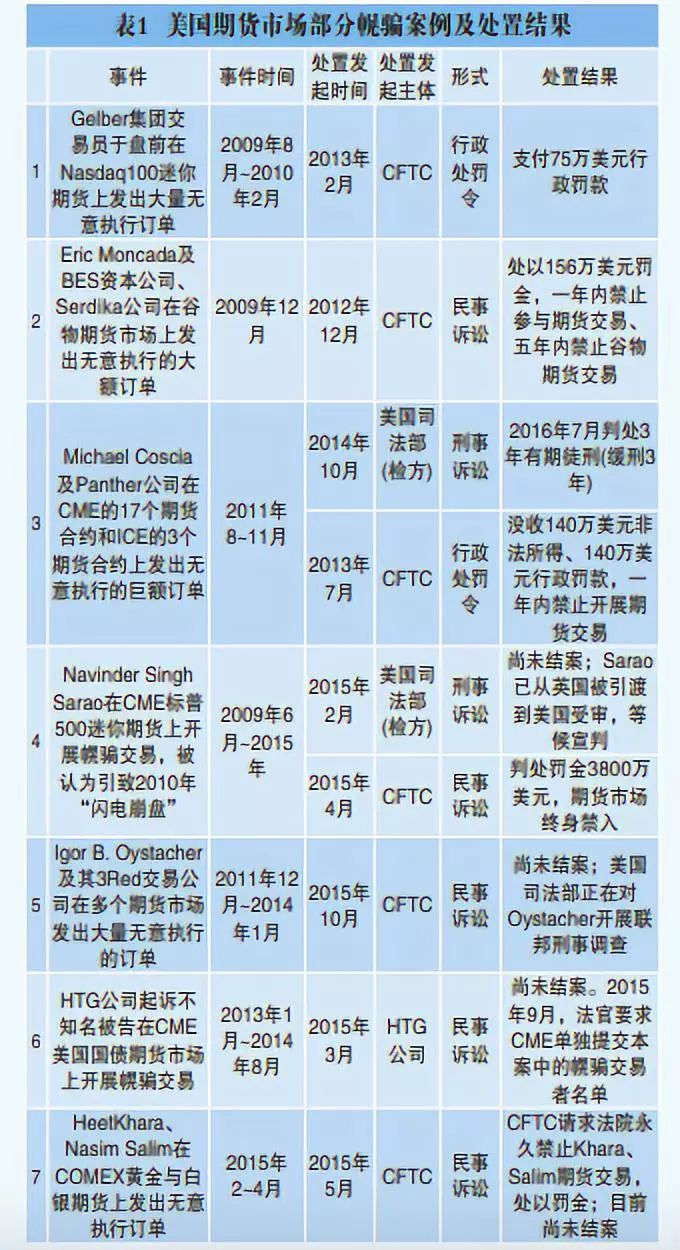 (Collection of related cases, source "Securities Law and Supervision")
(Collection of related cases, source "Securities Law and Supervision")
"Individuals do not have an advantage over the prosecution of the regulatory agencies. The investigative and DA's investigative capabilities and prosecution resources are far superior to lawyers." Lawyer Jiang Huijie told the Odaily Planet Daily.
However, it is worth noting that the US Department of Justice has been involved in the investigation of Tether. According to Bloomberg News, last year the US Department of Justice (DOJ) began to invest in Tether's market-controlled investigations, spending a month before and after.
However, it has been a year since the time has passed, and DOJ still has no new moves and no lawsuits.
Back to the case itself, US regulatory and government investigating attorney Braden Perry recently pointed out that due to the lack of public investigations by the Justice Department and the CFTC, the case is now only a pure allegation of the plaintiff's class action lawsuit, and filing the lawsuit will not cause real success to Bitfinex and Tether. Damage.
"I don't think it's possible to get to this figure ( trillions of dollars), it's a bit outrageous."
 "Tether manipulating the market" becomes a political correct?
"Tether manipulating the market" becomes a political correct?
I don't know when it started, the cryptocurrency field began to spread an argument: Tether manipulated the market.
Moreover, these arguments have gradually developed into a political correctness. Some emerging regulated stable coins will also be publicly publicized when they are born: Tether manipulates the market, but we are compliant and will not manipulate the market.
How does Tether manipulate the market? The general view is that Tether raises the stable currency USDT and buys it when the bitcoin falls. By pulling the disk, it creates a market heat, flickers people to buy, and sells when the bitcoin price rises, in exchange for more USDT; Finally, the additional USDT is destroyed to achieve profit.
However, this "manipulation theory" is difficult to verify.
First, although the USDT has increased from 2 billion in April this year to 4 billion, the price of the currency has soared from $4,000 to $14,000. However, Bitcoin can not rise after each additional issuance. The Odaily Planet Daily counts the USDT issue over the past month and compares it to the bitcoin price.
 (Yellow circle represents additional issuance)
(Yellow circle represents additional issuance)
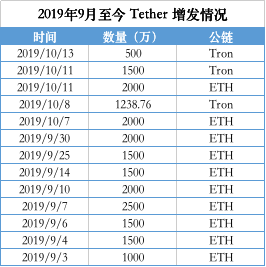
From the above picture, we can find that on the 6th, 7th, 14th, and 25th, on September 6, although Tether increased, it still did not prevent the BTC price from falling.
Secondly, in theory, Tether can also use the contract to make a profit. It is not necessary to play only the spot: when the price of the currency rises, it can be easily profitable in the futures market. If it falls, it will take advantage of the opportunity to open the market. The term "manipulation" seems to have some limitations.
All in all, there is currently no direct evidence that the USDT issued in 2017 is inflated, not real user behavior.
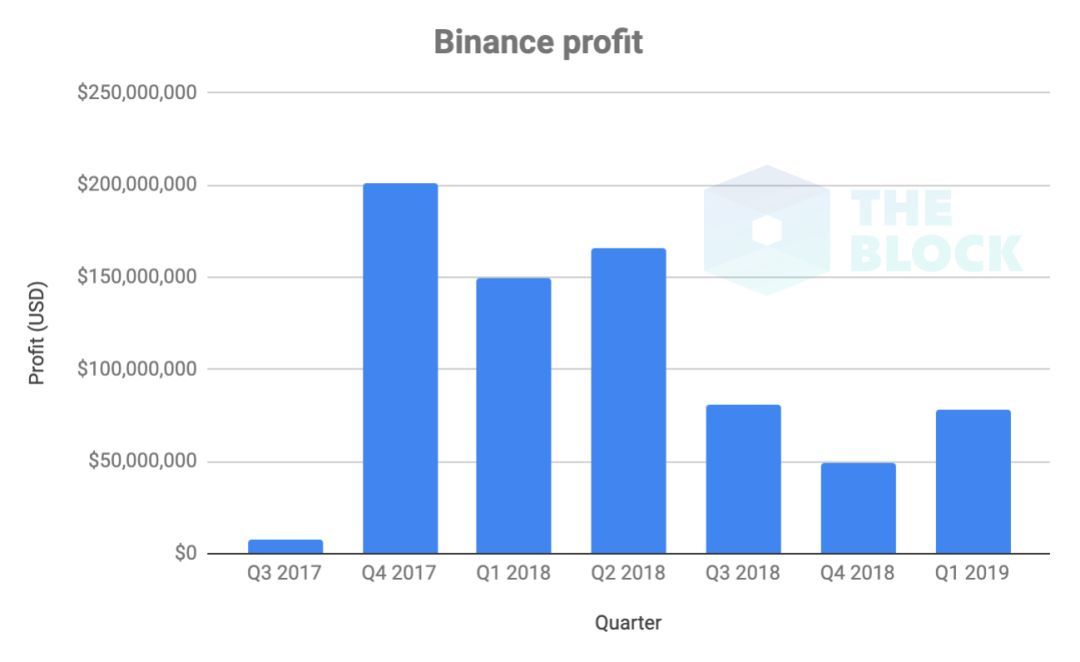
The Circle of the Goldman Sachs Group also issued a report that pointed out that the amount of ICO financing in 2018 was US$12.6 billion, up 96% year-on-year; in 2018, the amount of global investment blockchain companies increased by 366% compared with 2017, M&A activity. More than 209% more than the previous year. In addition, Coin's 2017 Q4 profit is as high as 200 million US dollars, and its profit in 2018 is 400 million. These seem to indicate that when Tether added USDT, the market activity was not low.
In response to Tether's manipulation of the market, Larry Cermak, director of research at The Block, also said:
“As one of the people who was dissatisfied with the way Tether operated, I read it (indictment) and found that this new class action was very weak. It used a lot of outdated or wrong information, and many statements lacked support. ""
VanEck's director of digital asset strategy also clashed for Bitfinex and Tether:
“I’m tired of stupid scholars, hyped media, and ignorant lawyers to ruin the hard work and structural innovations that Tether and Bitfinex have built. They provide many cryptocurrency companies with services that other companies have failed to offer. Stop persecution, protect Innovation!"
Ren DongBit founder Zhao Dong told Odaily Planet Daily:
“Why doesn't Tether use the over-the-counter USDT to buy a BTC pull? If they buy a BTC pull, it will result in a negative USDT premium, and the user will run on it, further causing the USDT to collapse. Most of the time, USDT has been at a positive premium. The time for a negative premium is very small, so most of those who make Tether overweight USDT all day do not really understand the transaction, and a few have ulterior motives."
 Where does the report of Tether's manipulation of the market come from?
Where does the report of Tether's manipulation of the market come from?
At present, the conclusions on the market for UDST manipulation in the market are mainly derived from several research reports.
- Price data suggests that Tether may not be generated independently of bitcoin prices, but rather when bitcoin falls;
- During the study period, the probability of a BTC price increase occurring within 48 hours after the transfer of 91 different Tether accounts to the Bitfinex wallet was 48.8%;
- This also denies the saying that "Tether has little effect on bitcoin prices."
However, the author also said at the end:
“Of course, there is a large amount of proprietary data that is not included in this analysis and report, nor is it available. The statistics provided in this article do not prove that there is a wrongful act, but merely make people think that the observed behavior seems to be problematic. It should be reviewed further. Tether may operate in full compliance with the statement, but we ask them to conduct an audit and share other meaningful and reasonable information about its business operations."
In other words, the author only believes that Tether will have an impact on bitcoin prices. Whether these Tethers are real purchases or inflated by users is unknown. There is no direct evidence that Tether manipulates the market.
However, this report has been interpreted by the outside world as evidence that "the bitcoin rise is manipulated by Tether."
Another report was from Professor John Griffin, a well-known fraud expert on Wall Street.
In June 2018, John Griffin published a paper titled "Do Bitcoin really not bound by Tether? 》. The paper covers trading from March 2017 to March 2018. The author lists 87 trading samples for the period. Finally came to the conclusion:
After using algorithms to analyze blockchain data, we found that the purchase behavior using Tether often occurred after the market downturn, which led to a sharp rise in bitcoin prices. In such an intensive transaction, Tether affected the bitcoin of 50% of Bitcoin and 64% of other mainstream cryptocurrencies in less than 1% of the time. These phenomena cannot be explained by the investor demand agent, but are most consistent with supply-based assumptions that Tether is used to provide price support and manipulate cryptocurrency prices.
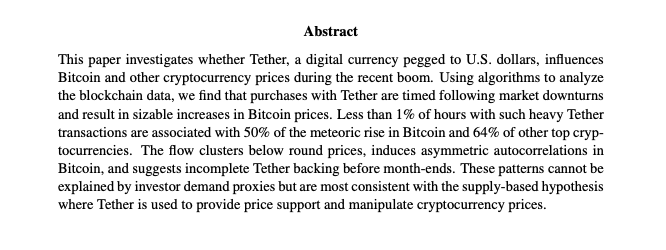
Professor John Griffin is more direct than the previous anonymous report: Tether manipulates the market.
However, the above two reports were also questioned. Dr. Wang Chunwei, a lecturer at the University of Queensland Business School, refuted the theory of "manipulation." In his paper "Tether's Impact on Bitcoin," he wrote:
“Our findings suggest that Tether is likely to occur after Bitcoin has fallen, and then BTC/USDT trading volume will increase… However, Tether’s impact on Bitcoin’s earnings is not statistically significant, so Tether cannot be an impact An effective tool for bitcoin prices."
Dr. Wang also added that
“The annual issuance is about 100 million to 250 million US dollars. The daily trading volume of bitcoin is about 5 billion to 10 billion US dollars. The peak period is about 20 billion US dollars, so the impact of Tether is very small. It is claimed that Tether supports Bitcoin. The statement is absolutely incorrect."
 postscript
postscript
The conclusion that Tether manipulates the market has not yet been confirmed by an authoritative organization. However, as the anonymous report stated, the doubts and distrust of the outside world are more from the opacity of Tether itself.
Text | Qin Xiaofeng
Produced | Odaily Planet Daily (ID: o-daily)
Unauthorized reprinting is strictly prohibited, and violation of the law will be investigated.
We will continue to update Blocking; if you have any questions or suggestions, please contact us!
Was this article helpful?
93 out of 132 found this helpful
Related articles
- In Devcon 5, Osaka, I saw Ethereum's diverse DeFi ecology.
- Introduction to Blockchain | Cryptography in Bitcoin: Fundamentals of Digital Signature and Transfer
- Wang Xing Mi will V Shen Shen Nanpeng, the US group "touch chain" fire cooking oil
- The first securities based on the cryptocurrency market was approved! Grayscale: The agency is still curious about cryptocurrencies
- Encrypted currency investment and Bo silly theory: Who is the last fool?
- The ant blockchain is next to the city, helping the Yunnan Provincial Department of Finance to open the country's first blockchain electronic bill
- Libra's 21 initial members formally signed the association's charter, and approximately 180 entities initially met the membership criteria.






